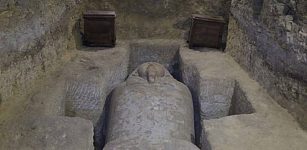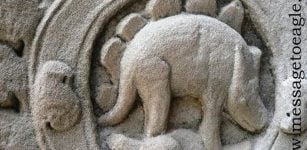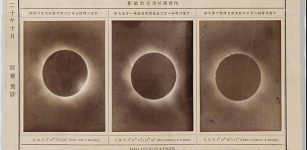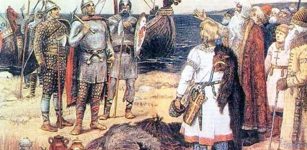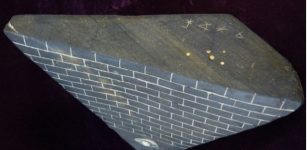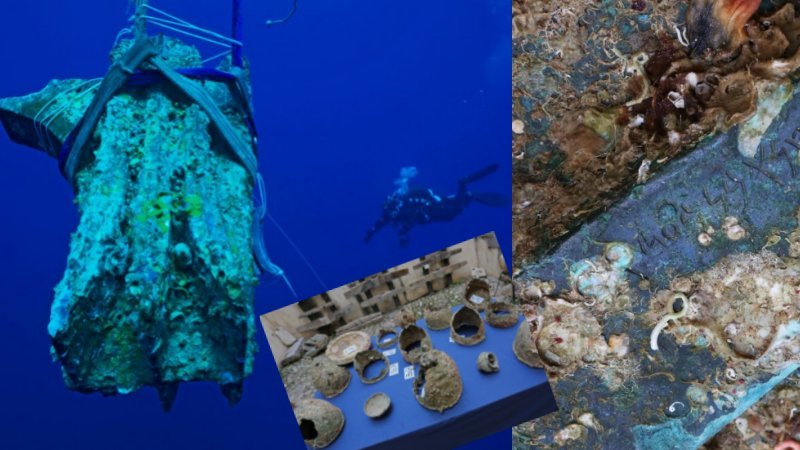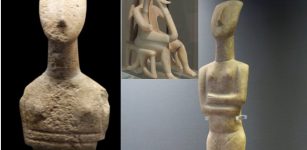Stone of Scone: Mysterious Stone Of Destiny Has Turbulent Ancient History
MessageToEagle.com – Stone of Destiny is more popularly known as the Stone of Scone. It is an enigmatic block of sandstone, which was used for centuries in the coronation of the monarchs of Scotland and England.
What is the story behind this mysterious stone? Why is it associated with royalty?
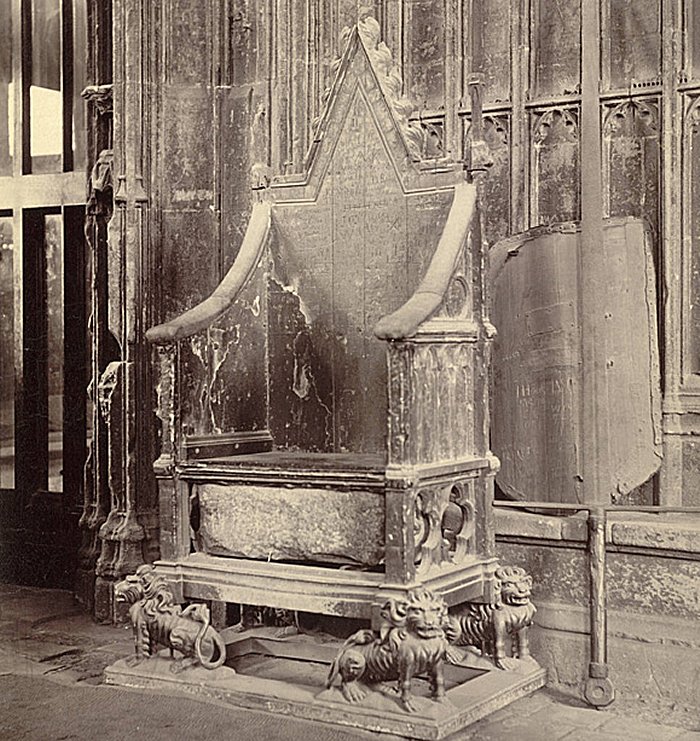
The history of the Stone of Destiny is very complicated and yet extremely interesting. The enigmatic artifact is the symbol of one of the greatest and longest running disputes that the British Isles has witnessed over the last 700 years – that between Scotland and England.
According to a Celtic legend, the stone was once used as a pillow by the patriarch Jacob, in biblical times. While Jacob was resting at Bethel in Israel, he beheld a vision of angels.
From the Holy Land, the Stone of Destiny made his journey to Egypt, Sicily, and Spain and finally about 700 bc, it reached Ireland, after which it was set up on the Hill of Tara, where the kings of Ireland were crowned.
The Stone was believed to have been brought to Scotland in the 9th century and after being seized by plundering Celtic Scots who invaded and occupied Scotland, it ended up in the village of Scone in 840 AD.
Until the 13th century, all of the kings of Scotland were seated on it during their coronation ceremonies, which took place at Moot Hill at Scone Palace. (Today, there is only a replica of the stone there.)
John Balliol was the last Scottish king to be crowned on the stone at Scone in 1292.
The stone came to England amidst bloodshed and bitter rivalry between England and Scotland in the late 13th century.
Edward I removed the stone in 1296 and took it to Westminster Abbey. He placed it under a special throne called the Coronation Chair, so that all future kings of England could also be crowned king of Scotland. But that did not happen for many years, until 1603, when James VI of Scotland was also crowned James I of England.
Despite its rather unremarkable appearance, this very ancient block of sandstone has had a turbulent history. It has been hidden, fought over and stolen during the seven centuries. It was important to the Children of Israel and at the same time, the Stone was long associated with the British kings and queens
On December 25, 1950 a group of Scottish Nationalists removed the Stone and brought it back to Scotland. (However, there have been some rumors that only a copy of the artifact was returned.) On April 11, 1951, the Stone of Scone was found at the altar of Arbroath Abbey in Scotland.
In 1996, John Major’s government finally returned the stone to Scotland and placed on public display in Edinburgh Castle where it remains to this day.
Could the Stone of Scone or Stone of Destiny be one of the most important religious relics in the world?
MessageToEagle.com
Expand for references
